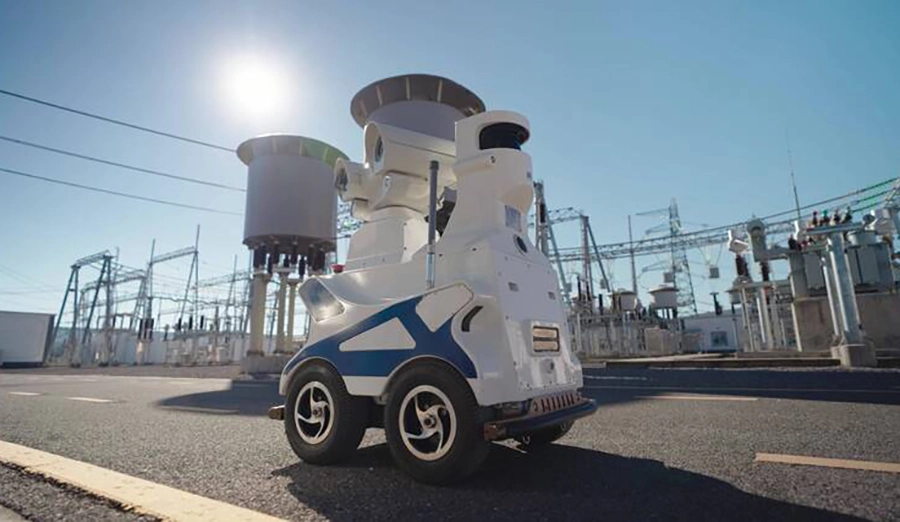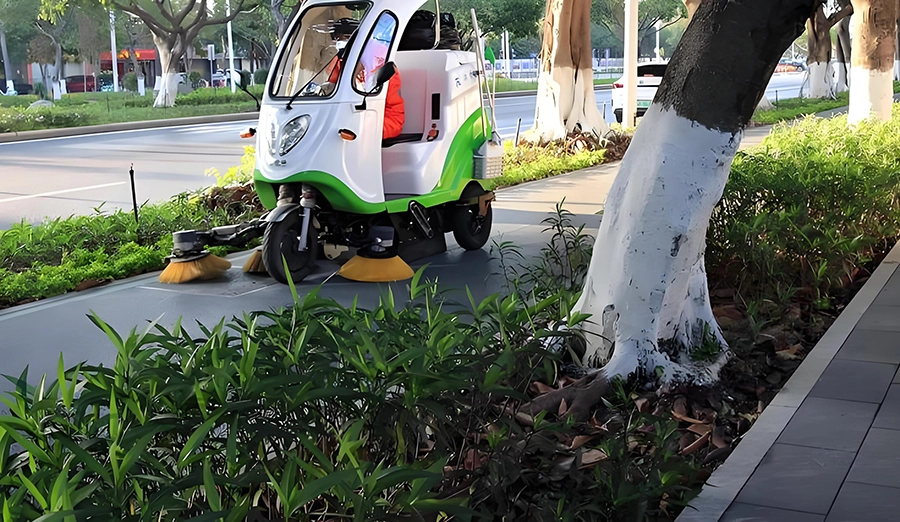
WIRELESS CHARGING IN THE NEWS
As artificial intelligence and robotics technology rapidly evolve, quadruped inspection robots are becoming pivotal in industrial inspections, pipeline monitoring, and operations in hazardous environments. These robots are renowned for their agile mobility and exceptional stability, finding extensive applications across various complex scenarios. However, traditional wired charging and battery replacement methods restrict their operational efficiency and range. The introduction of wireless charging technology offers an innovative solution, providing quadruped inspection robots with significant advantages.
Quadruped inspection robots must operate autonomously for extended periods in diverse environments, and their endurance directly impacts task execution efficiency. Traditional charging methods are not only time-consuming but also require the robots to pause operations for intricate plug-in procedures. Wireless charging technology enables contactless energy transfer, supplying continuous and stable power without interrupting the robots' task execution. This feature allows robots to autonomously complete rapid charging during task intervals or brief pauses at the base, significantly enhancing operational efficiency without human intervention.
In large-scale industrial facilities and remote areas, the deployment and wiring costs of charging equipment are substantial. Wireless charging systems simplify infrastructure setup by installing charging bases at critical locations. Robots can replenish power with brief contact with these bases. This approach not only reduces overall operating costs but also minimizes cable wear and maintenance demands. The flexibility of wireless charging allows for wider deployment of robots across various environments, greatly improving the efficiency and reliability of inspection tasks.
Achieving unmanned operations and autonomous charging is a key objective for quadruped inspection robots. Wireless charging technology supports continuous task execution without the need to return to fixed locations for charging. Combined with intelligent navigation and path planning systems, robots can efficiently utilize work pauses to automatically locate the nearest charging points for energy replenishment. This intelligent charging mechanism ensures the robots maximize their work time and improve their 24/7 operational capabilities.
Safety is crucial in industrial inspections. Wireless charging eliminates the risks of poor electrical contact and short circuits associated with frequent cable plugging in traditional charging. Its arc-less and wear-resistant characteristics not only enhance the safety of charging operations but also reduce physical stress on charging interfaces. This is particularly beneficial in explosion-hazardous environments, ensuring the robots maintain high safety standards while performing tasks in challenging conditions.
With technological advancements, wireless charging can integrate with the Internet of Things (IoT) and cloud computing to enable real-time monitoring and management of robots' charging status. Through big data analytics, operators can accurately predict power demands, optimize charging strategies, and promptly address potential failures. This comprehensive intelligent management solution provides enterprises with robust support to enhance efficiency while reducing operational risks.
As a critical component of future smart industries, the performance enhancements of quadruped inspection robots are crucial for the core competitiveness of enterprises. The application of wireless charging technology not only overcomes the limitations of traditional power supply methods but also injects new vitality and development potential into the robots. With this technology, robots will be able to autonomously complete complex tasks across broader domains, whether in bustling urban environments or rugged mining areas.
In summary, wireless charging technology offers outstanding operational advantages and development prospects for quadruped inspection robots. It demonstrates immense potential in improving efficiency, reducing costs, and enhancing safety. In the future, as the technology continues to mature, quadruped inspection robots will better serve various industries, driving continuous improvements in automation levels. Wireless charging not only transforms the method of energy delivery but also becomes a key force in propelling ongoing innovation and breakthroughs in the field of robotics in the smart era.







